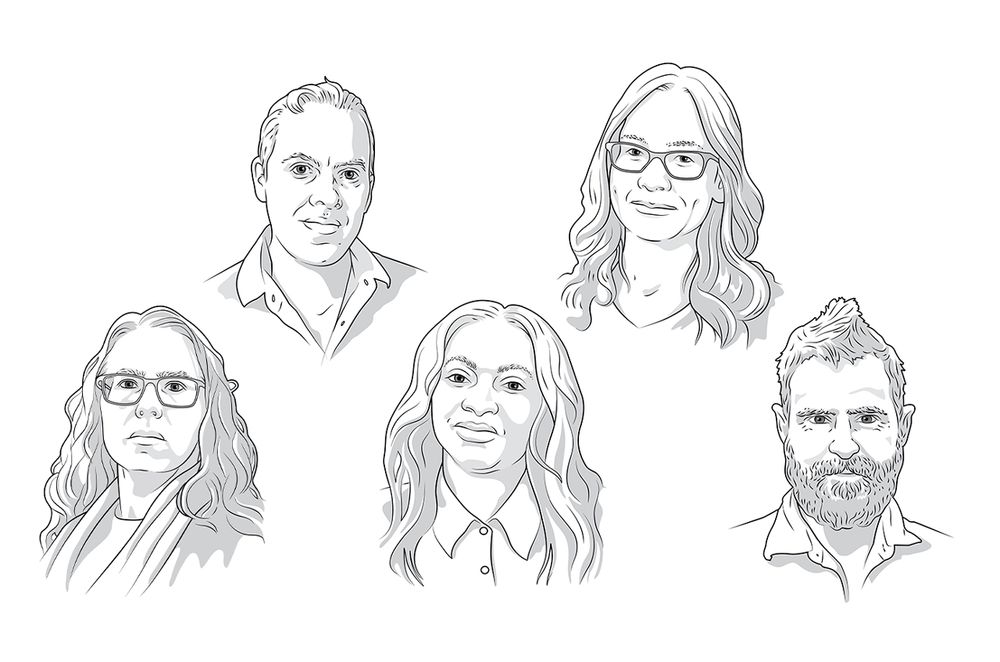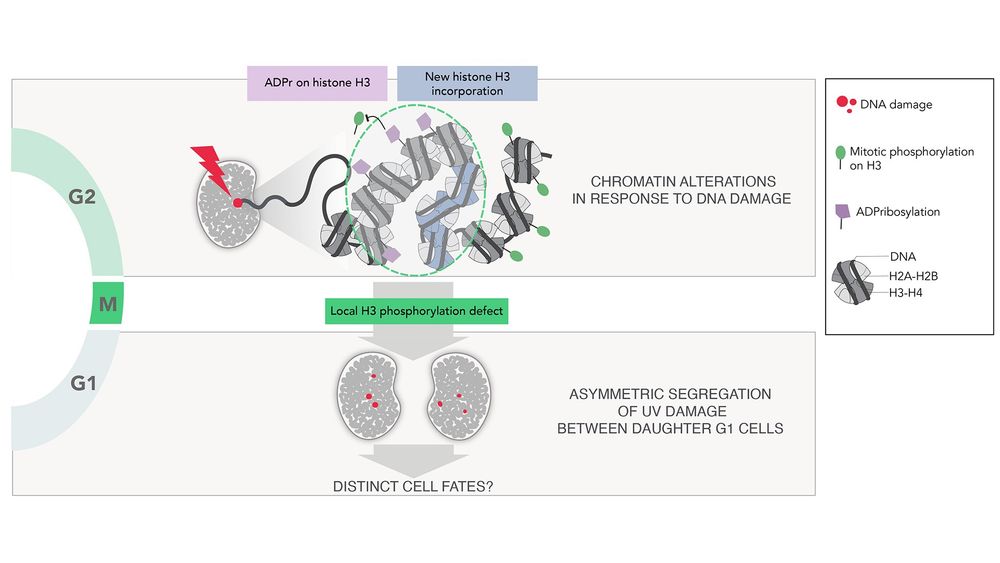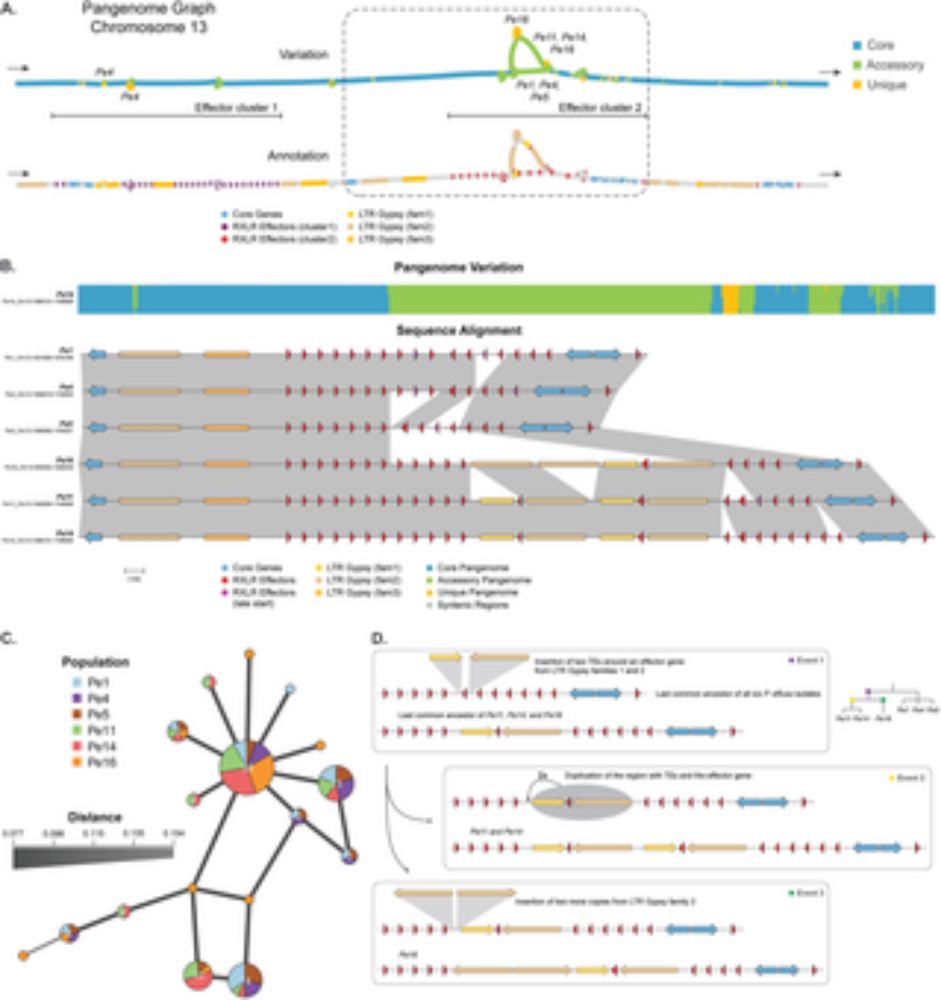www.nature.com/articles/s41...

www.nature.com/articles/s41...
“Ancient co-option of LTR retrotransposons as yeast centromeres”
www.biorxiv.org/content/10.1...

“Ancient co-option of LTR retrotransposons as yeast centromeres”
www.biorxiv.org/content/10.1...

lnkd.in/d_nbfMht
lnkd.in/d_nbfMht
See Ferrand*, Dabin* et al., Nat Commun 2025.

See Ferrand*, Dabin* et al., Nat Commun 2025.



